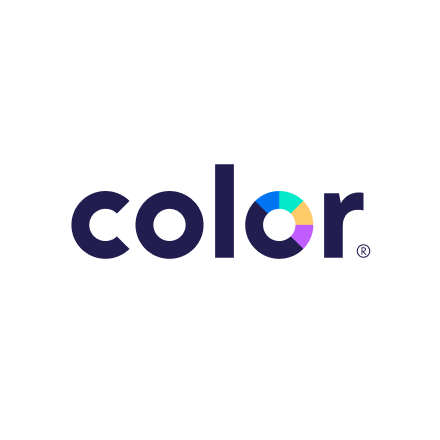Results: Improved productivity, streamlined governance
Integrating Catalog into our infrastructure had an important impact on how we handle data. From an operational standpoint, we’ve seen a drastic reduction in the time spent on lineage mapping. What used to take a day now takes mere minutes, freeing up valuable resources for other high-impact tasks, like generating insights about the patient experience and how our services can be improved.
Warehouse cleanup
Before Catalog, our collection of data assets was much messier. With Catalog, we now have a clear picture of report and dashboard volume, what’s being used, and what’s just sitting there. We decluttered, eliminating redundant and unused data assets, and making it easier for our teams to focus on generating actionable insights. It’s not just about lineage—it’s about purposeful data usage. We’ve since archived approximately 50% of our data assets, which has greatly reduced search stress for our stakeholders.
Documentation discipline
Although documentation is often viewed as a tedious task, Catalog has transformed it into a more manageable process. It identifies gaps, prompts updates, and holds us accountable. This resulted in a disciplined approach to data governance that aligns our team in the right direction.
Proactive operations
Before, when there were changes to our production models, we’d find out the hard way. Now, with Catalog, we see the ripple effects instantly. This has enabled us to be proactive, fixing downstream issues before they become problems. It’s made a big difference in how we operate and has established data trust within the company.
Naming standards
Ensuring consistent naming conventions was a key concern for us at Color because it is the foundation of clear communication across the organization. Catalog makes it easy to search for fields and rigorously enforce naming standards. This level of consistency removes any barriers to data usage and ensures that everyone is speaking the same “data language.”
What’s next?
This quarter, we are leveraging Catalog’s knowledge pages more effectively, linking them to other internal resources for a consolidated view. Additionally, we’re exploring how to best document our business metrics within the solution and how we can make Catalog that starting point for information about our data.
“Building lineage for columns used to eat up a full day, every two weeks—that’s a 10% productivity hit. Thanks to Catalog’s automatic tracing, I’ve gained that time back.” —Suzette Puente, Senior Analytics Engineering Manager, Color Health
Note: This customer success story was originally published on November 1, 2023.





